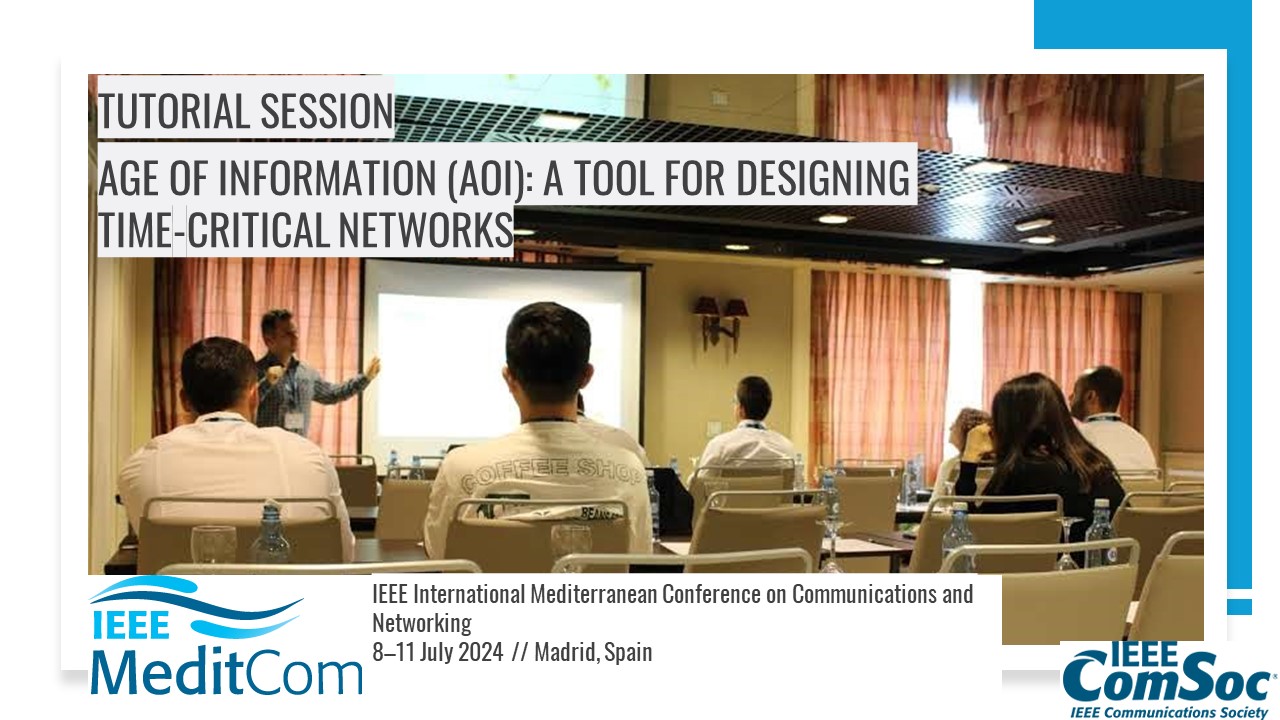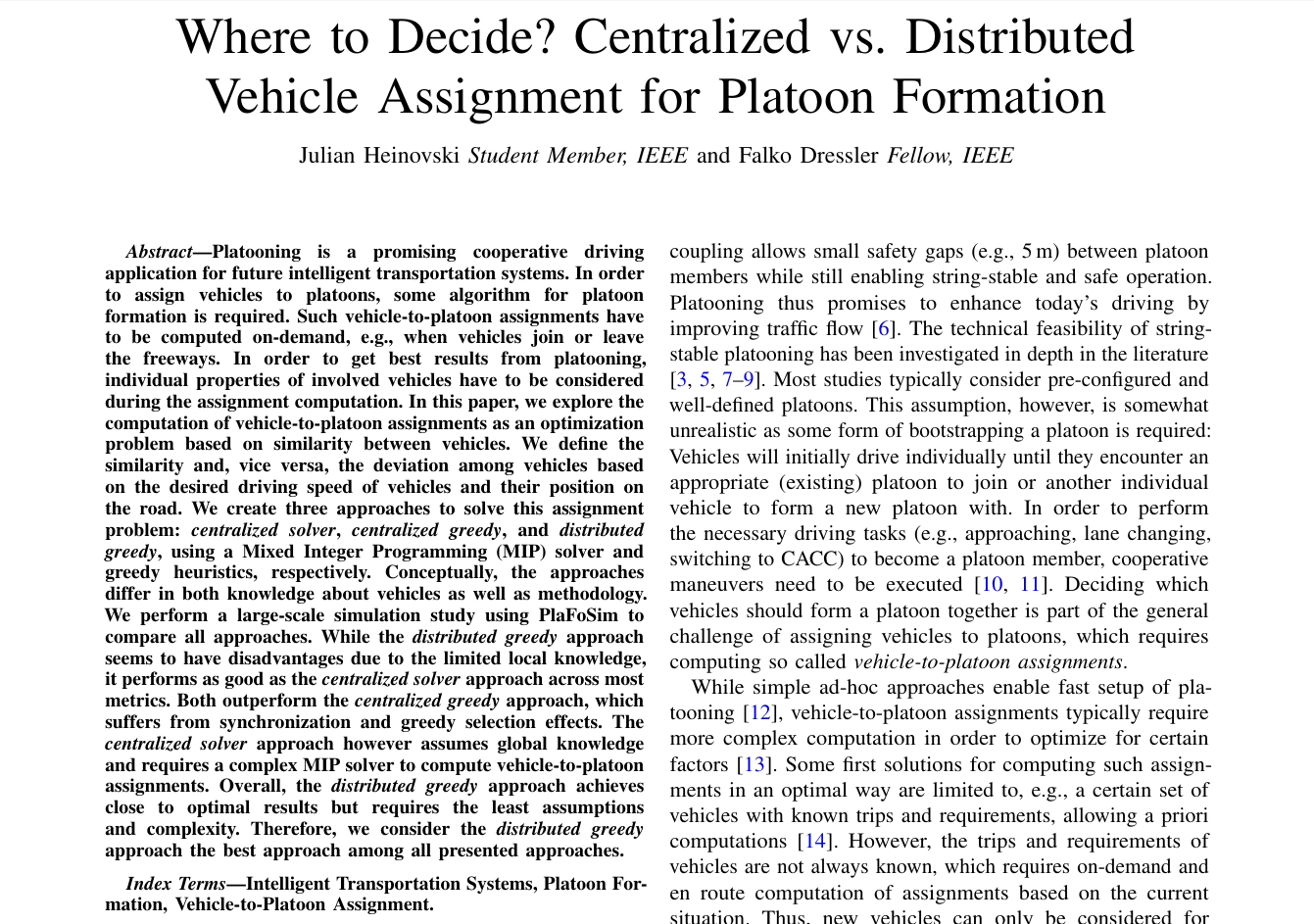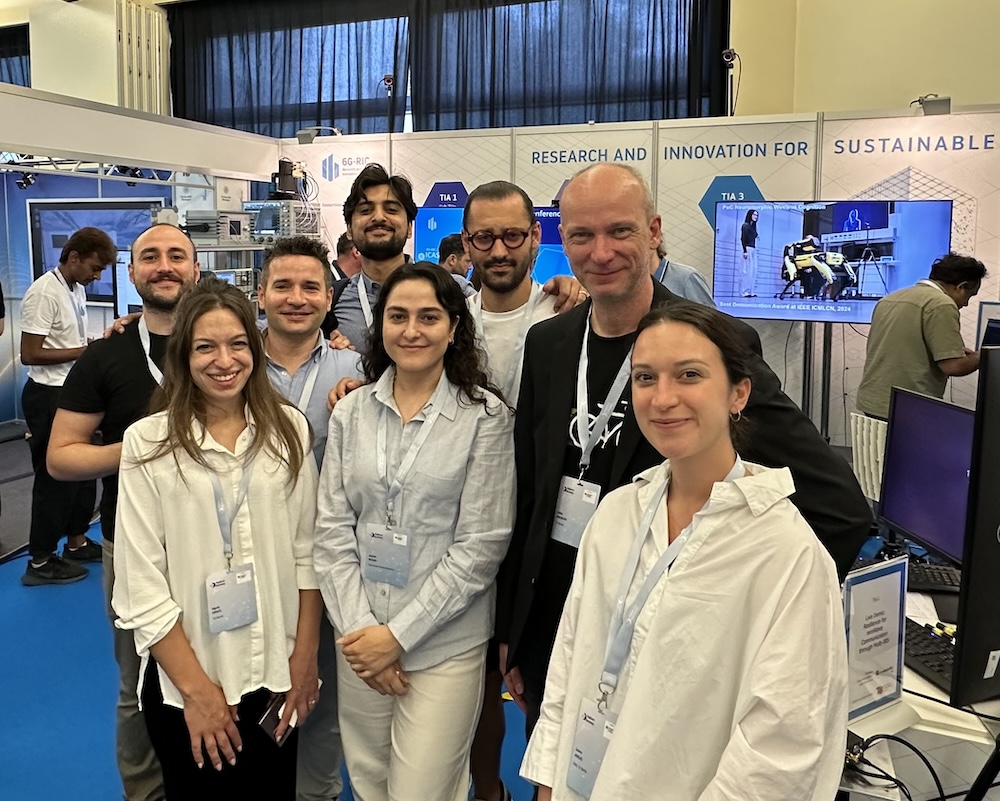Literature Database Entry
gawlowicz2020practical
Piotr Gawłowicz, Elnaz Alizadeh Jarchlo and Anatolij Zubow, "Practical MIMO for Visible Light Communication," arXiv, cs.NI, 2002.00808, February 2020.
Abstract
Visible Light Communication (VLC) is seen as a complementary wireless technology to Radio Frequency (RF). However, VLC is very sensitive to the signal blockage and suffers from shadowing due to the high directionality of the optical channel. Hence there is a big interest in researching novel approaches for VLC like usage of multiple antenna techniques providing spatial diversity which can be exploited as a way to combat signal blockage and fading. We present a complete and low-cost MIMO-VLC transceiver system consisting of COTS components. In particular, we show that COTS 802.11n (WiFi) devices can be used so that the physical and data link layers of RF WiFi are reused for VLC. In addition, this allows us to directly utilize the multiple antenna (spatial) techniques available in 802.11n. Results from our measurement study show that such techniques are highly effective at improving the robustness of VLC links in the presence of obstacles and node mobility. Moreover, we show that multiple antennas can also be used to increase the data rate of VLC by means of spatial multiplexing.
Quick access
Original Version ![]() (at publishers web site)
(at publishers web site)
Authors' Version ![]() (PDF on this web site)
(PDF on this web site)
BibTeX ![]()
Contact
Piotr Gawłowicz
Elnaz Alizadeh Jarchlo
Anatolij Zubow
BibTeX reference
@techreport{gawlowicz2020practical,
author = {Gawłowicz, Piotr and Alizadeh Jarchlo, Elnaz and Zubow, Anatolij},
doi = {10.48550/arXiv.2002.00808},
title = {{Practical MIMO for Visible Light Communication}},
institution = {arXiv},
month = {2},
number = {2002.00808},
type = {cs.NI},
year = {2020},
}
Copyright notice
Links to final or draft versions of papers are presented here to ensure timely dissemination of scholarly and technical work. Copyright and all rights therein are retained by authors or by other copyright holders. All persons copying this information are expected to adhere to the terms and constraints invoked by each author's copyright. In most cases, these works may not be reposted or distributed for commercial purposes without the explicit permission of the copyright holder.
The following applies to all papers listed above that have IEEE copyrights: Personal use of this material is permitted. However, permission to reprint/republish this material for advertising or promotional purposes or for creating new collective works for resale or redistribution to servers or lists, or to reuse any copyrighted component of this work in other works must be obtained from the IEEE.
The following applies to all papers listed above that are in submission to IEEE conference/workshop proceedings or journals: This work has been submitted to the IEEE for possible publication. Copyright may be transferred without notice, after which this version may no longer be accessible.
The following applies to all papers listed above that have ACM copyrights: ACM COPYRIGHT NOTICE. Permission to make digital or hard copies of part or all of this work for personal or classroom use is granted without fee provided that copies are not made or distributed for profit or commercial advantage and that copies bear this notice and the full citation on the first page. Copyrights for components of this work owned by others than ACM must be honored. Abstracting with credit is permitted. To copy otherwise, to republish, to post on servers, or to redistribute to lists, requires prior specific permission and/or a fee. Request permissions from Publications Dept., ACM, Inc., fax +1 (212) 869-0481, or permissions@acm.org.
The following applies to all SpringerLink papers listed above that have Springer Science+Business Media copyrights: The original publication is available at www.springerlink.com.
This page was automatically generated using BibDB and bib2web.






